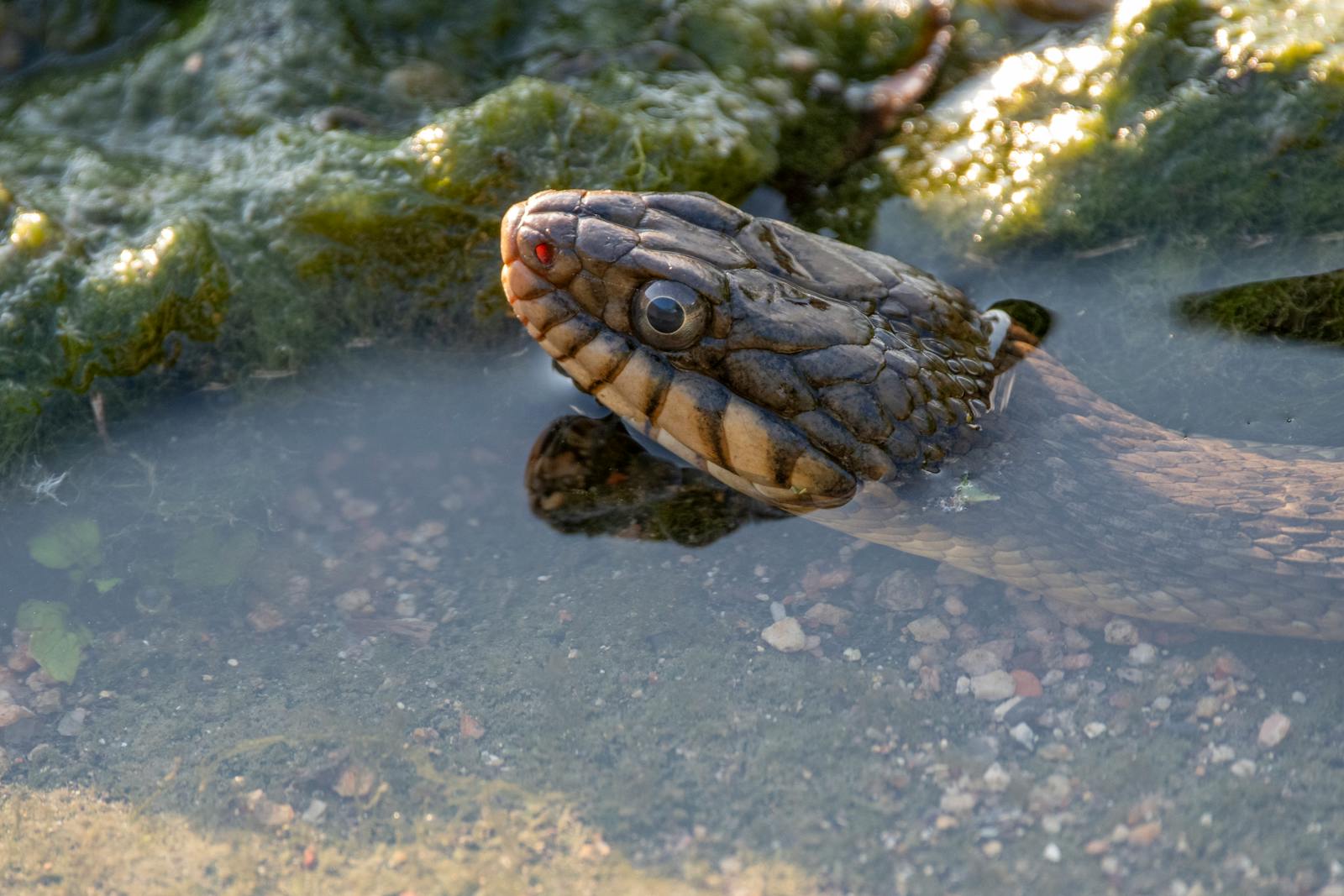In the intricate dance of survival, animals have evolved remarkable adaptations for movement across challenging terrains. Among these evolutionary marvels, certain snake species have developed a fascinating relationship with flowing water, using river currents as natural highways to traverse vast distances with minimal energy expenditure. This aquatic locomotion strategy represents a sophisticated blend of instinct, physics, and evolutionary adaptation. Unlike terrestrial movement that demands continuous muscular exertion, aquatic travel allows these reptiles to conserve energy while still achieving significant geographical displacement. By understanding how snakes harness the power of flowing water, researchers gain valuable insights into the complex relationships between animal behavior and environmental forces, highlighting yet another example of nature’s ingenious solutions to the challenges of survival and distribution.
The Evolutionary Advantage of Aquatic Travel
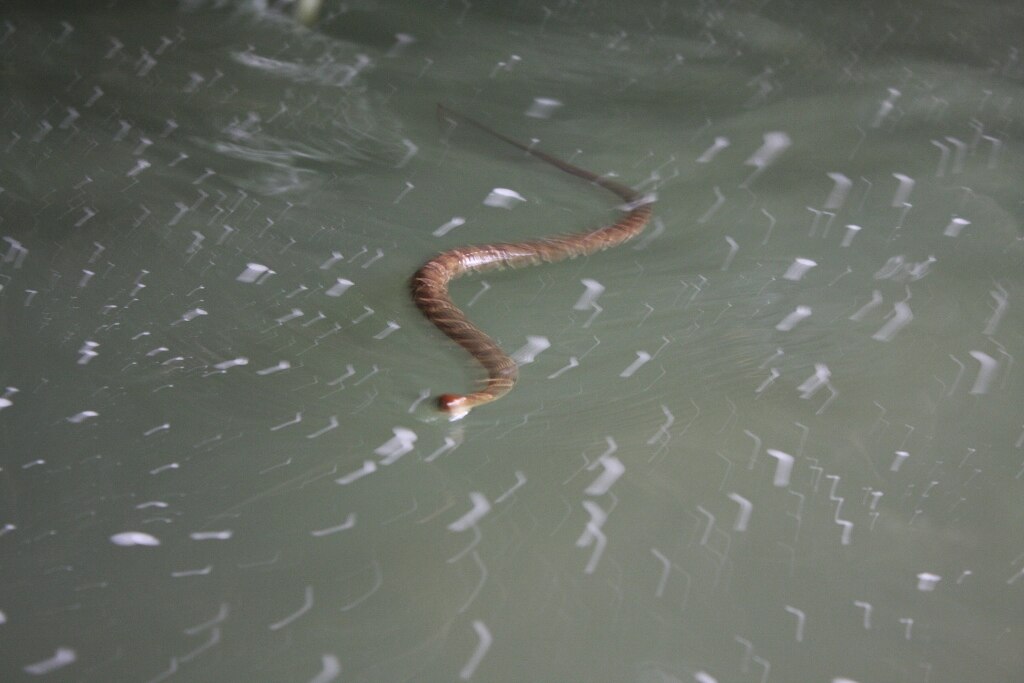
For snakes, the ability to utilize river currents represents a significant evolutionary advantage in their quest for survival. While serpents are traditionally associated with terrestrial or arboreal habitats, many species have developed adaptations that allow them to exploit aquatic environments effectively. Moving against land requires constant muscular contractions and significant energy expenditure, particularly for legless animals like snakes. In contrast, passive transportation via water currents enables snakes to conserve precious energy reserves while still covering considerable distances. This energy-efficient travel method allows snakes to expand their range, locate new food sources, escape predators, or find mates without exhausting themselves. The evolutionary pressure to conserve energy likely played a crucial role in developing these behaviors, particularly in environments where resources may be scattered across vast territories.
Physical Adaptations for Aquatic Movement

Snakes that frequently utilize river currents for transportation possess specialized physical adaptations that enhance their aquatic capabilities. Many water-loving snake species feature laterally compressed tails that function similarly to paddles, allowing for more efficient steering and stability while floating. Their streamlined body shape reduces drag in the water, enabling them to glide through currents with minimal resistance. Some aquatic specialists, like water snakes in the Nerodia genus, possess specialized scale structures that reduce turbulence as water flows over their bodies. Additionally, many of these serpents have evolved valve-like structures in their nostrils that can close underwater, preventing water intake during prolonged submersion. These physical characteristics work in concert to make these reptiles remarkably well-suited for aquatic travel, allowing them to capitalize on the energy-saving benefits of current-assisted movement.
The Physics of Current-Assisted Movement
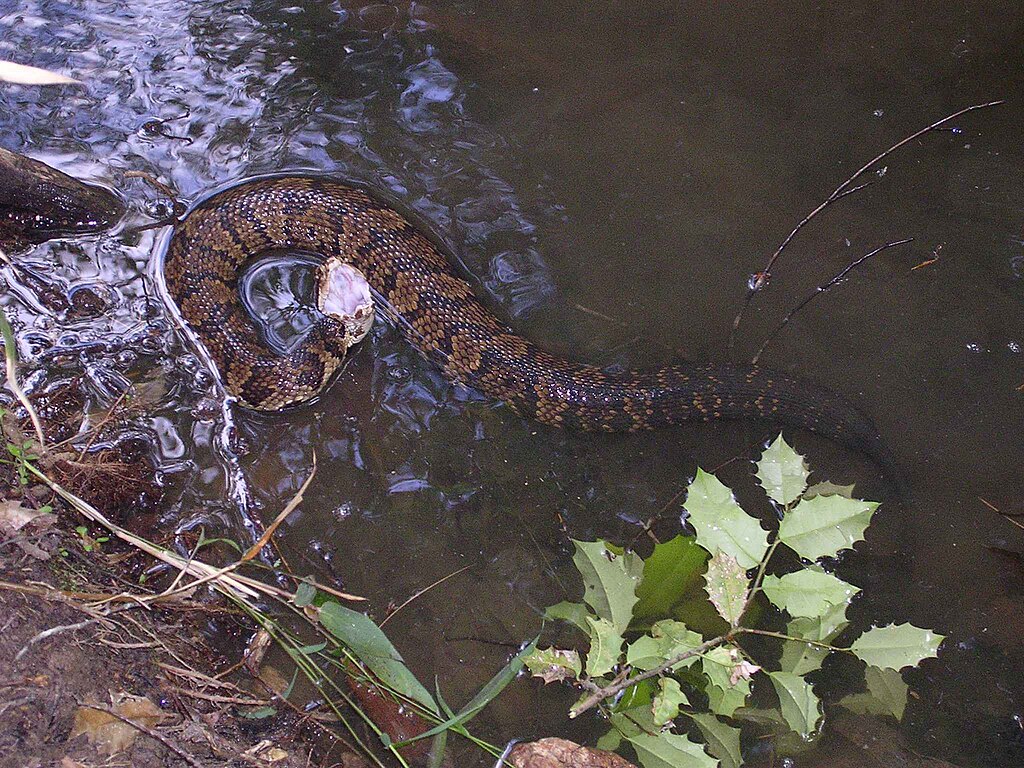
The underlying physics of how snakes utilize river currents involves sophisticated principles of fluid dynamics and energy conservation. When a snake enters moving water, it essentially becomes part of a dynamic system where the kinetic energy of the flowing water transfers to the snake’s body. By aligning their bodies with the direction of flow, snakes minimize resistance and maximize the propulsive effect of the current. This passive transport mechanism allows them to cover distances that would require significantly more energy if traversed on land. The snake can further enhance this effect by making subtle body adjustments—extending straight to maximize speed in fast currents or creating slight curves to maintain position in gentler flows. Some species even demonstrate the ability to “tack” across currents, similar to sailboats, by using slight muscular adjustments to cross diagonally across a flow while still benefiting from its forward momentum.
Different Swimming Techniques Among Snake Species
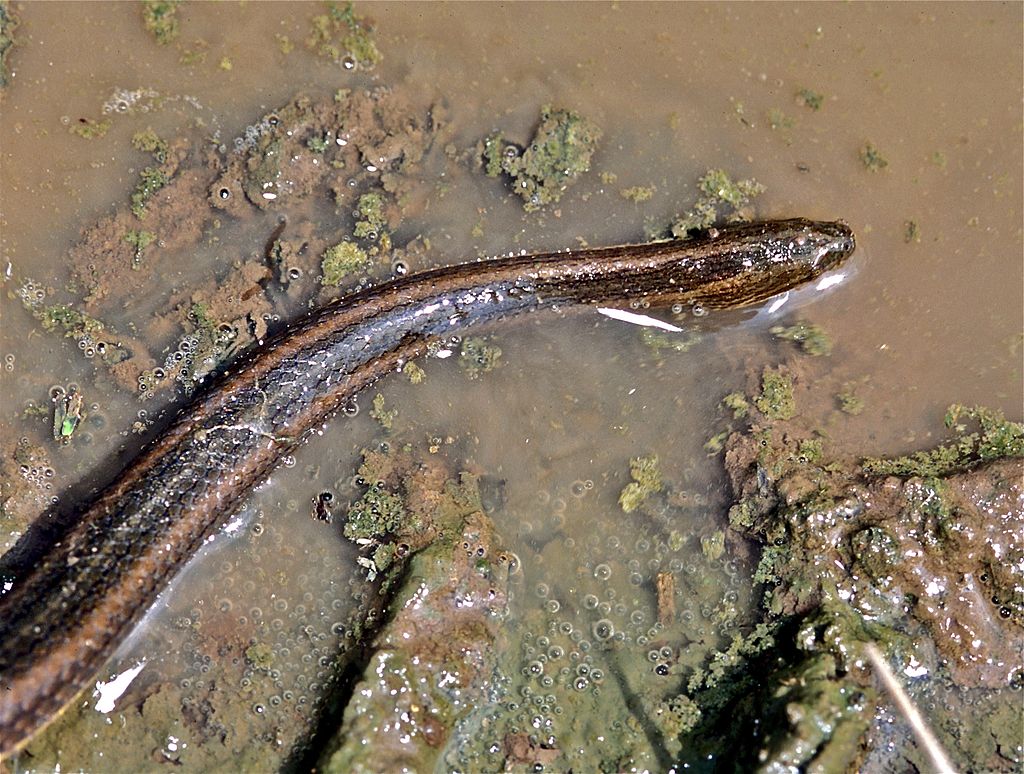
Snake species employ a variety of swimming techniques when utilizing river currents, each adapted to their specific ecological niche. Lateral undulation, the most common swimming method, involves side-to-side body movements similar to terrestrial locomotion but with broader, more flowing motions that propel the snake through water. Water snakes (Nerodia spp.) frequently employ this technique while actively swimming, but will often relax into a straight-body posture when allowing currents to carry them downstream. In contrast, sea snakes typically use vertical undulation, moving their bodies in up-and-down waves—a highly specialized adaptation for marine environments that provides greater stability in turbulent water. Some species like anacondas (Eunectes spp.) can alternate between active swimming and passive floating, expertly transitioning between energy-expending and energy-conserving modes of aquatic travel. The diversity of swimming techniques highlights the specialized adaptations different snake lineages have developed for exploiting flowing water as a transportation method.
River Snakes: Masters of Current Navigation

Among the most specialized exploiters of river currents are true river snakes, particularly those in the Homalopsidae family found throughout Southeast Asia and Australia. These aquatic specialists have evolved remarkable adaptations specifically for life in flowing water environments. Their nostrils and eyes are positioned on top of their heads, allowing them to breathe and see while keeping most of their body submerged. Many river snake species demonstrate an intuitive understanding of current dynamics, positioning themselves to maximize travel distance while minimizing energy expenditure. Field studies have documented homalopsid snakes deliberately entering water at specific locations where currents flow most strongly, suggesting a sophisticated awareness of hydrodynamic patterns. Some species appear to time their entry into rivers with seasonal changes in current strength, further evidence of their specialized adaptation to river travel. These river specialists represent the pinnacle of evolutionary adaptation for current-assisted transportation among serpents.
Sea Snakes: Ocean Current Travelers
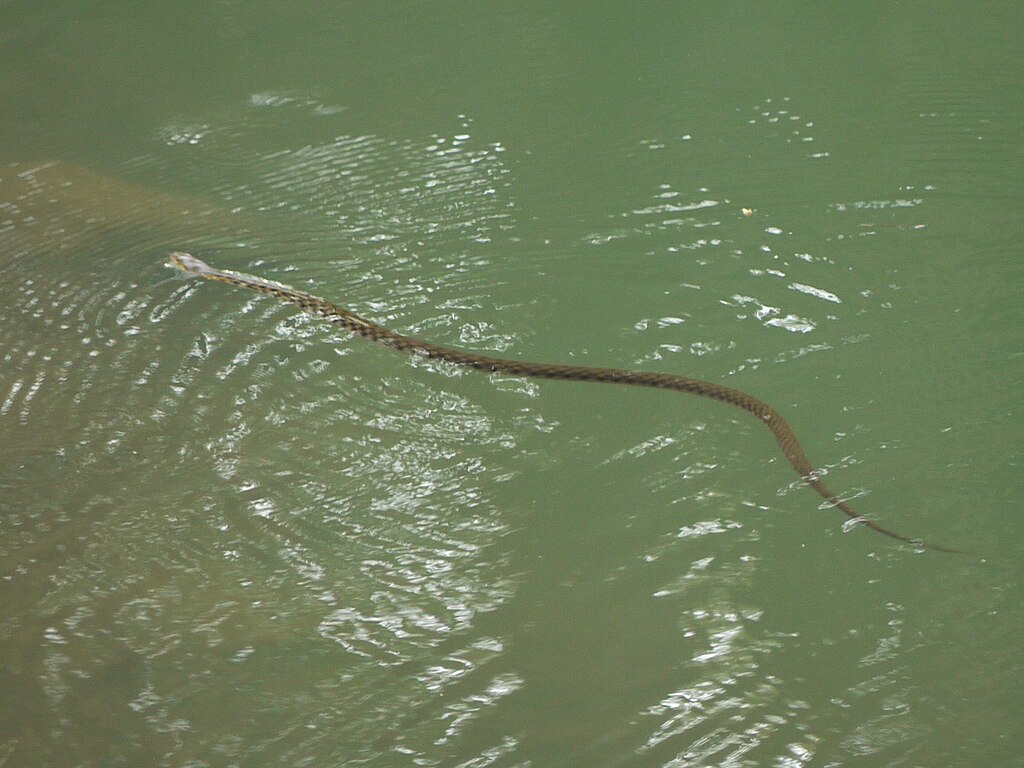
While river-dwelling snakes navigate freshwater currents, their marine cousins—true sea snakes in the Hydrophiidae family—have adapted to exploit ocean currents for long-distance travel. These highly specialized aquatic reptiles possess paddle-shaped tails that provide exceptional maneuverability in water. Research tracking sea snake movements has revealed that some species can travel hundreds of kilometers by strategically entering and exiting major ocean currents. Their bodies have evolved to be more laterally compressed than terrestrial species, reducing drag and increasing swimming efficiency. Some sea snake species time their reproductive migrations to coincide with seasonal current patterns, minimizing energy expenditure during these critical life phases. The yellow-bellied sea snake (Hydrophis platurus) demonstrates perhaps the most extreme adaptation for current travel, having spread across the entire Indo-Pacific region largely through passive transportation on ocean currents.
The Anaconda’s Strategic Use of Waterways
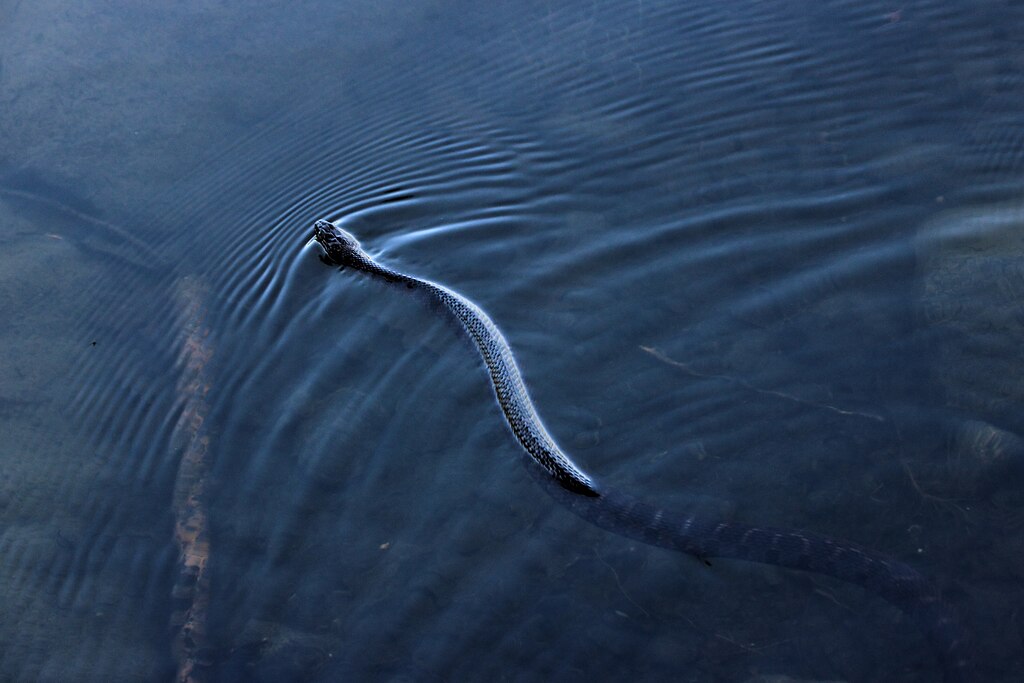
The green anaconda (Eunectes murinus), Earth’s heaviest snake, provides a compelling example of current utilization for transportation despite its massive size. These South American giants, which can exceed 200 kilograms, frequently use river systems throughout the Amazon basin to travel between hunting grounds. Their immense body mass, which could be cumbersome on land, becomes an advantage in water, where buoyancy offsets weight constraints. Researchers have documented anacondas strategically entering tributary streams during seasonal flood periods, allowing the powerful currents to transport them to new territories with minimal energy output. Field observations suggest that these massive reptiles can accurately assess current strength and direction, entering water at points that will carry them toward resource-rich areas. For anacondas, river travel represents not just an energy-efficient movement strategy but also a critical adaptation that enables their enormous size by providing access to widely distributed prey resources.
Seasonal Migrations and Water Transport

Many snake species synchronize their movement patterns with seasonal changes in water flow, demonstrating remarkable adaptability in their use of river currents. During monsoon seasons in tropical regions, increased water volume creates stronger currents that snakes can exploit for more efficient long-distance travel. Research in the Amazon basin has documented water snakes traveling significantly farther during high-water periods than during dry seasons. Some species appear to time breeding migrations with seasonal flooding, allowing gravid females to conserve energy while still reaching traditional nesting grounds. Conversely, during dry seasons when currents weaken, many aquatic snakes shift to more active swimming strategies or even temporarily adopt more terrestrial lifestyles. This seasonal flexibility in transportation methods represents a sophisticated adaptation to cyclical environmental changes, allowing snakes to optimize their energy expenditure across changing conditions throughout the year.
Dispersal and Range Expansion Through Rivers
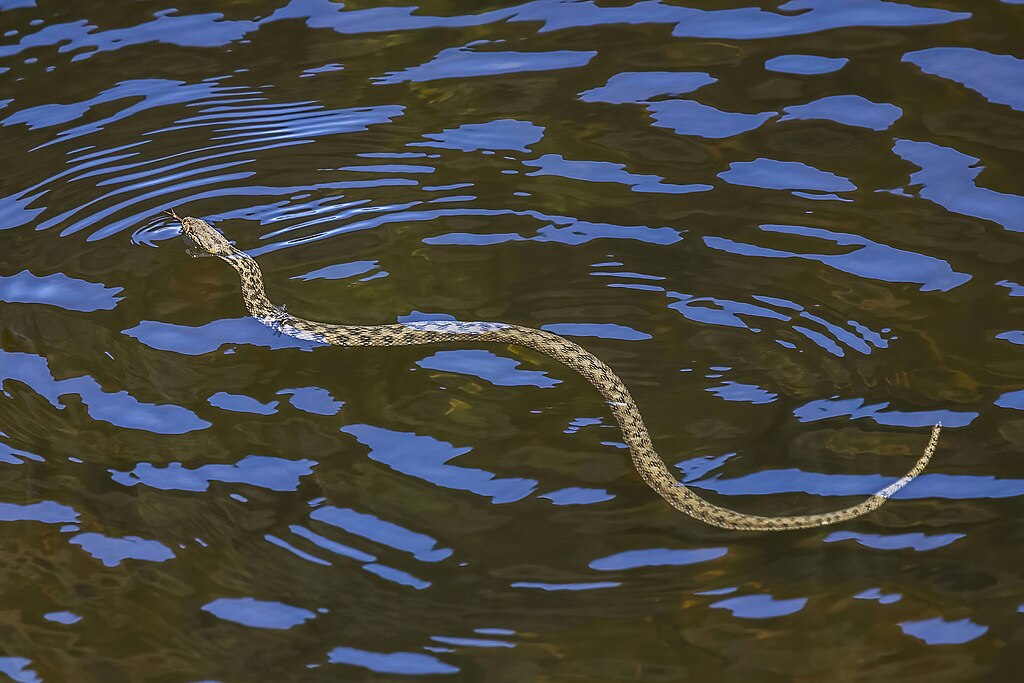
River systems serve as critical corridors for snake population dispersal and range expansion, with current-assisted travel playing a central role in this ecological process. Young snakes often utilize river currents for natal dispersal, allowing them to establish territories away from competition with siblings or parents. This mechanism helps prevent genetic bottlenecks by promoting gene flow between otherwise isolated populations. Historical analysis of snake distribution patterns frequently shows close correlation with major river systems, suggesting water transport has shaped evolutionary biogeography. The introduction of invasive snake species like the brown treesnake (Boiga irregularis) to new habitats is often facilitated by their ability to travel along waterways, demonstrating both the ecological importance and potential environmental concerns associated with current-assisted snake movement. By providing energy-efficient transportation corridors, rivers enable snakes to colonize new territories and adapt to changing environmental conditions across geological timescales.
Behavioral Adaptations for Current Navigation
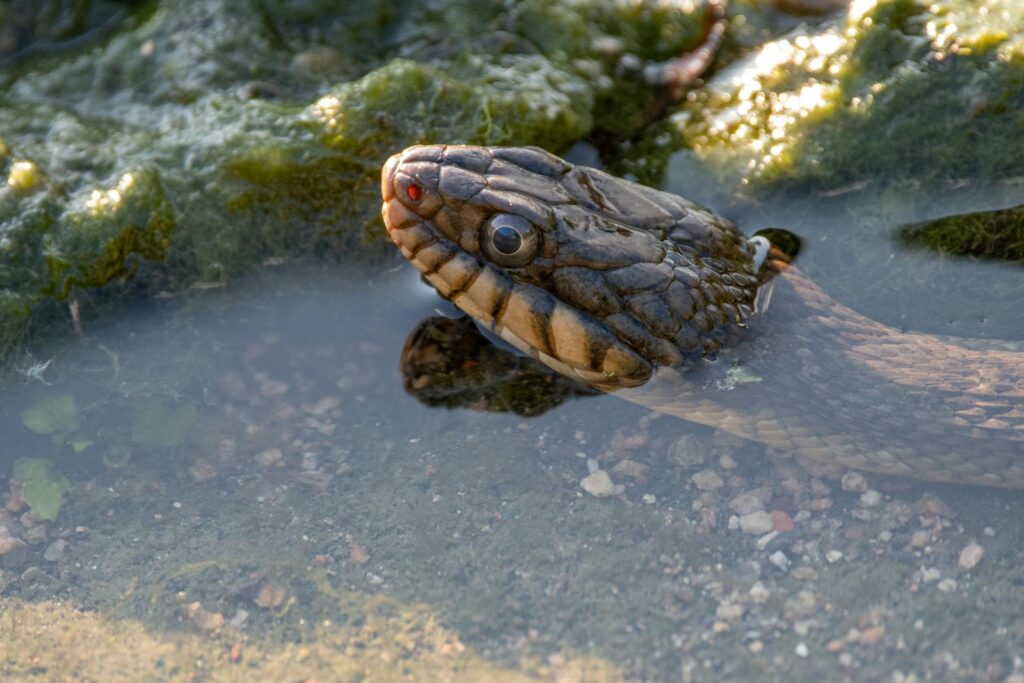
Beyond physical adaptations, snakes that utilize river currents have developed sophisticated behavioral strategies to maximize the benefits of water transport. Many species display deliberate entry behaviors, carefully selecting river access points based on current strength, direction, and other hydrodynamic factors. Some aquatic snakes demonstrate remarkable situational assessment, actively testing currents with their heads before committing their entire bodies to the water. Observations of cottonmouth water moccasins (Agkistrodon piscivorus) reveal that they often position themselves perpendicular to gentle currents to maintain position for hunting, but align parallel to strong currents when traveling. Many water-loving snake species exhibit the ability to rapidly transition between active swimming and passive floating, optimizing energy use based on their immediate goals and current conditions. These behavioral adaptations represent complex decision-making processes that allow snakes to exploit the physical properties of flowing water to their advantage.
Overcoming the Challenges of River Travel
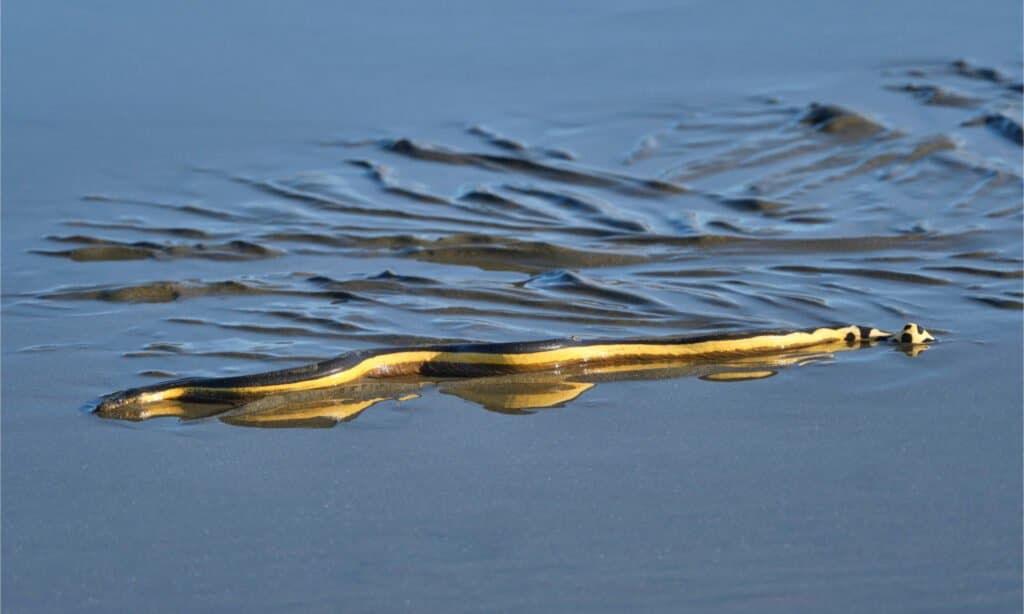
While river currents offer efficient transportation opportunities, snakes must overcome significant challenges when utilizing this movement strategy. Perhaps the greatest risk comes from unpredictable flow patterns that could carry snakes into unsuitable habitats or dangerous situations. Many river-traveling species have developed navigational abilities that allow them to exit water when approaching rapids, waterfalls, or other hazardous conditions. Predation risk also increases for snakes in open water, as they may be more visible to birds of prey or aquatic predators like caimans and large fish. Temperature regulation presents another challenge, as extended periods in cool water can reduce a snake’s body temperature below optimal levels. Most current-utilizing snake species have developed behavioral thermoregulation strategies, periodically exiting water to bask and restore body heat before continuing their journey. These compensatory adaptations highlight the evolutionary balance between the benefits and risks of current-assisted travel.
Research Methods for Studying Snake River Travel

Scientists employ a diverse toolkit of research methodologies to study how snakes utilize river currents for transportation. Radio telemetry has revolutionized this field by allowing researchers to track individual snakes over extended periods, documenting their movement patterns concerning water features. More recently, GPS transmitters have enabled even more precise tracking of larger aquatic snake species, revealing previously unknown travel routes and distances. Environmental DNA (eDNA) sampling provides another innovative approach, allowing researchers to detect the presence of specific snake species in water bodies without direct observation. Laboratory studies using flow tanks and controlled current conditions help scientists understand the biomechanics and energy expenditure associated with different swimming techniques and current utilization strategies. Increasingly, computational fluid dynamics models are being employed to predict how changing river conditions might affect snake movement patterns, particularly in the context of climate change and hydroelectric development projects.
Conservation Implications of River-Based Movement
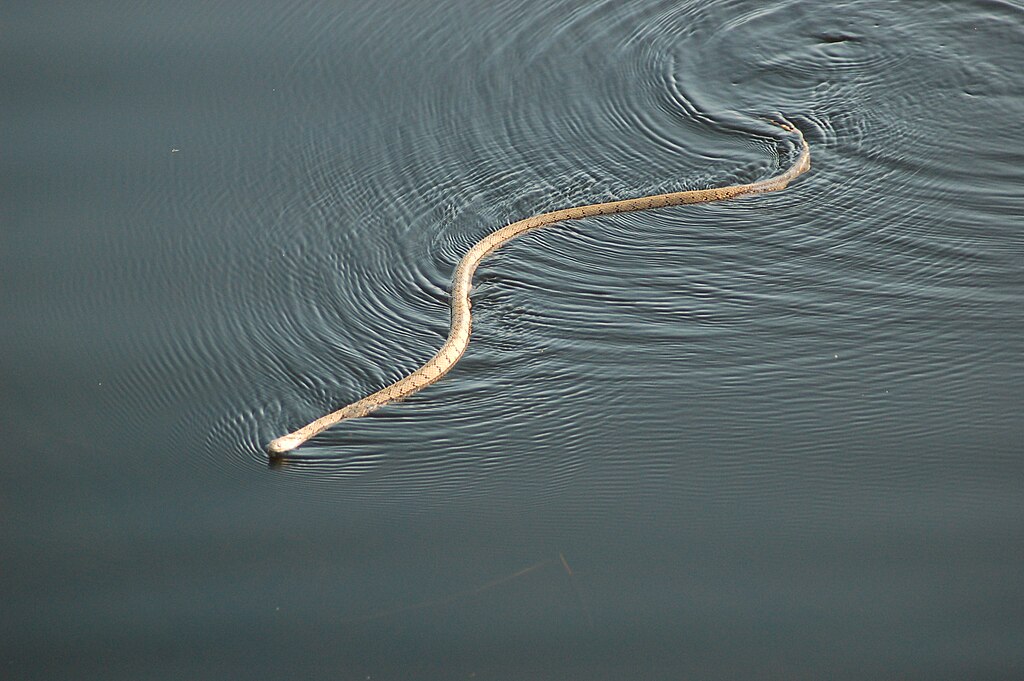
Understanding how snakes utilize river currents has significant implications for conservation efforts targeting these often-misunderstood reptiles. River regulation through dam construction can dramatically alter flow patterns, potentially disrupting traditional snake movement corridors that have existed for millennia. Water diversion projects may drain habitats or create artificial currents that snake populations are not adapted to navigate effectively. Pollution in waterways poses additional threats, as many water-traveling snake species absorb toxins directly through their skin while swimming. Conservation strategies increasingly incorporate knowledge of snake movement patterns when designing protected areas, recognizing that effective conservation requires preserving not just static habitats but also dynamic movement corridors. Some restoration projects now specifically include features that maintain or mimic natural flow patterns to support native snake populations that depend on current-assisted travel. By recognizing rivers as essential transportation networks for snakes, conservation biologists can develop more effective strategies for preserving these ecologically important reptiles.
The remarkable ability of snakes to harness river currents for long-distance travel exemplifies the intricate relationship between evolutionary adaptation and environmental forces. From the specialized bodies of sea snakes to the strategic current navigation of anacondas, these reptiles have developed sophisticated mechanisms to exploit flowing water as an energy-efficient transportation method. This adaptation not only aids individual survival but shapes population distribution patterns and influences broader ecological dynamics. As human activities increasingly impact river systems worldwide, understanding these snake-river relationships becomes ever more critical for conservation efforts. These slithering navigators of water currents remind us that nature’s solutions to movement challenges often involve ingenuity rather than brute force—a lesson in efficiency that continues to inspire both scientific inquiry and technological innovation.

